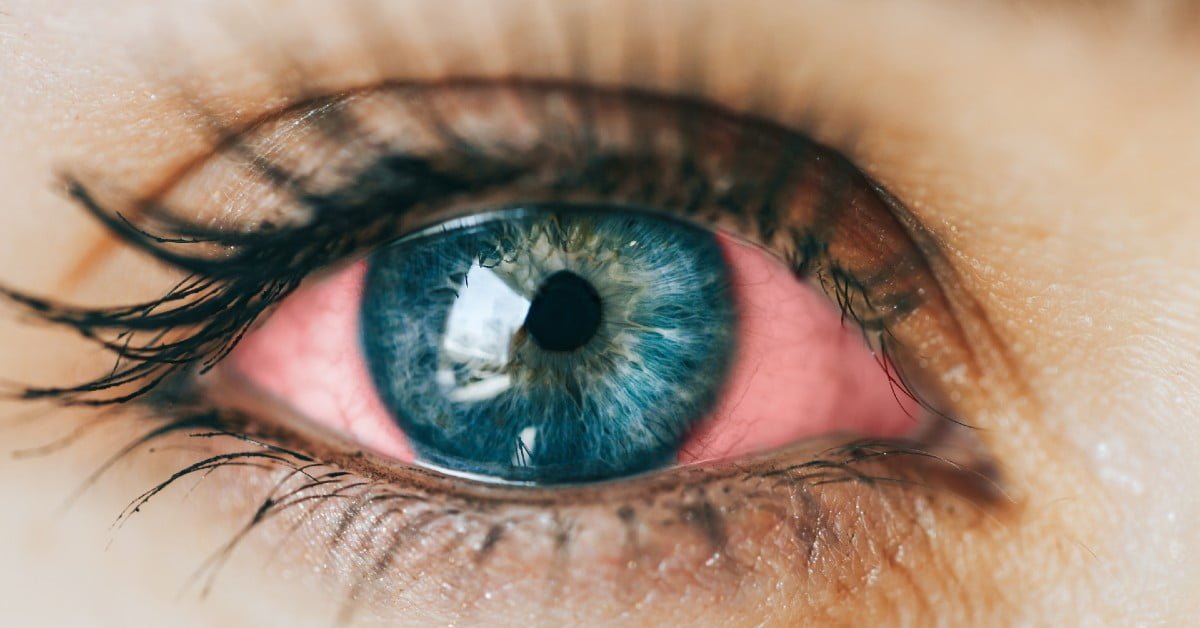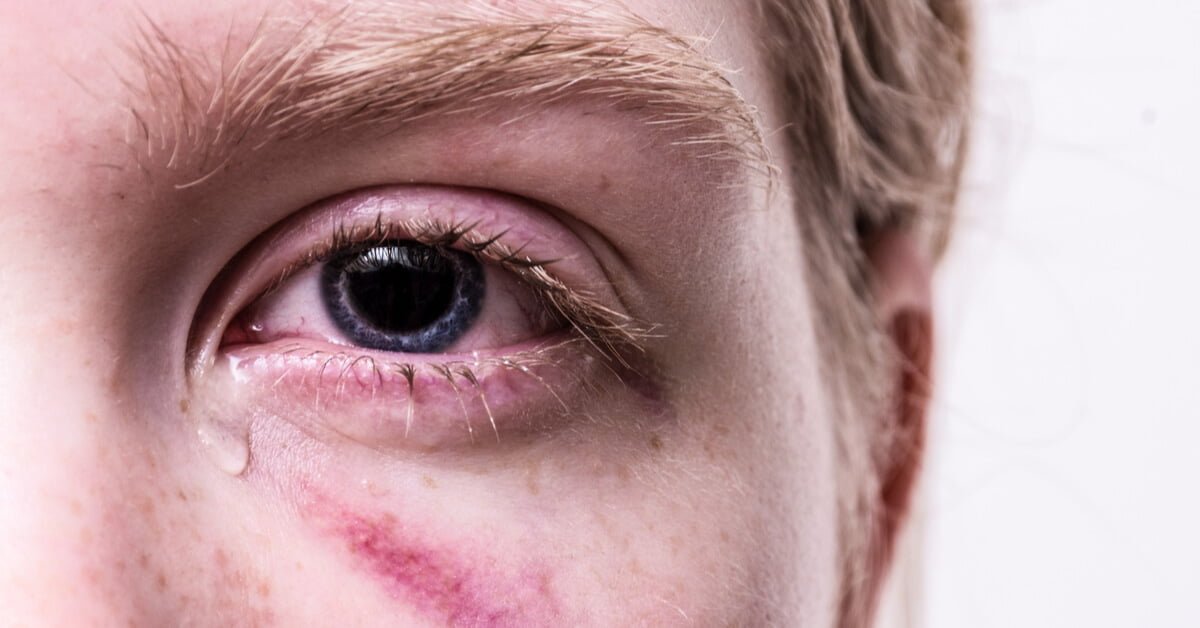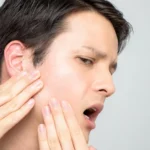What Is Commonly Misdiagnosed as Pink Eye? Learn the Signs!
Redness, irritation, and discharge are among the symptoms of conjunctivitis—also called pink eye—that could be confused with other eye conditions. Among the misdiagnoses are dry eye syndrome, blepharitis, allergic rhinitis, styes, corneal abrasions, and subconjunctival hemorrhages. The correct direction of action and relief depends on an accurate diagnosis. Regular eye tests, patient education, and professional visits guarantee proper eye care and help to avoid misdiagnoses. Knowing the particular symptoms and variations connected with them can help people seek suitable medical attention.
Introduction
Many people have at least once in their life the common eye illness pink eye, often known as conjunctivitis. Usually marked by redness, inflammation, and discharge, pink eye can be fairly uncomfortable. Still, conjunctivitis does not cause every red, irritating eye disease. Many more eye illnesses have similar symptoms and occasionally go under the name pink eye. Misdiagnosis might lead to inappropriate therapy and prolonged suffering. This page will go over these diseases, their symptoms, and how to tell them from pink eye.

Understanding Pink Eye
What Is Pink Eye?
Pink eye, or conjunctivitis, is an aggravation of the conjunctiva, the flimsy, straightforward layer covering the white piece of the eye and within the eyelids. It very well may be brought about by viral or bacterial contaminations, sensitivities, or aggravations like smoke or synthetics. The condition is profoundly infectious, particularly due to viral and bacterial conjunctivitis.
Symptoms of Pink Eye
- Redness: One of the most often occurring symptoms, redness comes from inflammation and increased blood flow.
- Itching and Irritation: Widespread with allergic conjunctivitis, itching and irritation abound.
- Discharge: usually causing a watery discharge; viral conjunctivitis; bacterial conjunctivitis usually results in a thicker, yellower, or greener discharge.
- Tearing: One often finds a rise in tear production.
- Crusting: Particularly obvious in the morning following sleep is crusting.
Conditions Commonly Misdiagnosed as Pink Eye
Dry Eye Syndrome
Dry eye conditions happen when the eyes don’t make sufficient tears or when the tears evaporate exorbitantly quickly. This condition can cause redness, shivering, and aggravation—aftereffects that are often mistaken for pink eye.
Symptoms of Dry Eye Syndrome
- Dryness: An ongoing sense of grittiness or dryness.
- Burning Sensation: An ocular stinging or burning sensation.
- Sensitivity to Light: Increased sensitivity to light will cause pain in bright surroundings.
- Blurry Vision: blurred vision, particularly following extended reading or screen time.
Blepharitis
Blepharitis is the aggravation of the eyelids, frequently coming about because of bacterial disease or skin conditions like dandruff. The side effects can intently look like those of conjunctivitis.
Symptoms of Blepharitis
- Red, swollen eyelids: Redness and inflammation around the edges of the eyelids.
- Flaking: On the eyelashes, flaking—that is, dandruff-like scales—is present.
- Itching and Burning: Burning and irritation in the eyes are experienced consistently.
- Tearing: Too much tearing is sometimes confused with the watery discharge of viral conjunctivitis.
Allergic Rhinitis
Commonly known as hay fever, allergic rhinitis can also produce ocular problems like pink eye. Allergens, including dust mites, pet dander, and pollen, set off this disorder.
Symptoms of Allergic Rhinitis
- Itchy Eyes and Nose: Strong irritation in the nose and eyes is known as allergic eyes and nose.
- Sneezing: Frequent sneezes are sometimes accompanied by a runny or congested nose.
- Redness and swelling: red, puffy eyes akin to those observed in allergic conjunctivitis.
- Watery Discharge: The eyes produce a clear, watery discharge.
Uveitis
Uveitis is the aggravation of the uvea, the center layer of the eye. This condition is more significant than conjunctivitis and can prompt vision misfortune while possibly not being appropriately treated.
Symptoms of Uveitis
- Eye pain: severe eye pain, often not present in conjunctivitis.
- Light Sensitivity: Extreme sensitivity to light (photophobia).
- Blurred Vision: Vision can become cloudy or blurry.
- Redness: Redness typically occurs around the iris (the colored part of the eye).
Stye
When oil-secreting glands near the edge of the eyelid are invaded by bacteria, it causes a stye or hordeolum, which can be confused with conjunctivitis in some cases. The latter is so because the latter infection also results in soreness, thereby making the lid’s margin thicken, swell, and appear reddish too.

Symptoms of a Stye
- Localized Pain: There is a painful, red lump On an Eyelid.
- Swelling: It features the swelling of an eyelid, where an eye can look red.
- Tearing: There is Tear Production That Is Increased.
- Crusting: There Is Crusting Around the Involved Eyelid, Especially Following Sleep.
Subconjunctival Hemorrhage
Subconjunctival hemorrhage is a broken blood vessel under the eye’s white part, and this causes a bright red spot. Though the sight may be frightening, its usual course does not harm victims because, eventually, it goes away without any medical intervention.
Symptoms of Subconjunctival Hemorrhage
- Red Patch: A bright red or bloodshot area on the white of the eye.
- No Pain: It is typically painless, which distinguishes it from conjunctivitis.
- No Discharge: Absence of discharge or tearing.
- No Itching: Itching is not a common symptom.
Contact Lens Complications
Your eyes could become red and irritated if your contact center focuses are not properly cleaned and utilized.
Symptoms of Contact Lens Complications
- Redness: Red, annoyed eyes are redness.
- Uncomfiture: A sense of something in the eye.
- Blurred Vision: Vision might start to blur.
- Discharge: Should an infection exist, possible discharge is discussed here.
Corneal Abrasion
The eye’s unmistakable front surface, or cornea, is damaged or scratched. Wounds on the cornea are additionally referred to as corneal scraped spots. Such scratches might bring about redness and tearing, like the side effects of pink eye.
Symptoms of Corneal Abrasion
- Eye Pain: Significant pain, especially when blinking.
- Redness: Redness of the affected eye.
- Tearing: Increased tear production.
- Sensitivity to Light: Photophobia is common.
How to Differentiate Between These Conditions and Pink Eye
Consultation with an Eye Care Professional
Consult with an eye expert to differentiate these conditions from pink eyes. A complete diagnosis and probable unique assessments can be used to determine the precise cause of your signs and symptoms. Consult with an eye-fixed professional to distinguish these conditions from red eye. A complete prognosis and, in all likelihood, particular assessments can be used to determine the precise purpose of your signs and symptoms.
Detailed Symptom Review
Well-thought-out close attention to the signs of sickness together with the reporting of other signs that are not usually included in the first list, for example, the pain and appearance of lumps, and in the case of the disease, the existence of (related to the deep-down, basic way something works) signs of sickness such as sneezing and nasal crowding and blockage can help the intelligence of the nature of the (strong, bad body reactions).
Laboratory Tests
There can be situations that call for testing in a laboratory. Testing a swab of the discharge is one method to determine whether the cause is bacterial, viral, or allergic.
Treatment Approaches for These Conditions
Dry Eye Syndrome
- Artificial Tears: Over-the-counter artificial tear solutions can provide relief.
- Lifestyle Changes: Taking breaks from display use, using a humidifier, and avoiding windy or dry environments can help.
- Medications: Prescription medicinal drugs to lessen infection and growth tear production may be needed.
Blepharitis
- Warm Compresses: Applying heat compresses to the eyelids can help lessen the irritation.
- Eyelid Hygiene: Regular cleansing of the eyelid margins with mild toddler shampoo or eyelid cleansers.
- Antibiotics: Topical or oral antibiotics can be prescribed for bacterial infections.
Allergic Rhinitis
- Antihistamines: Over-the-counter or prescription antihistamines can alleviate symptoms.
- Avoiding Allergens: Reducing publicity to recognized allergens.
- Nasal Sprays: Corticosteroid nasal sprays can help reduce inflammation.
Uveitis
- Corticosteroids: eye drops or oral steroids to lessen inflammation.
- Immunosuppressive Drugs: In intense instances, pills that suppress the immune system can be used.
- Regular Monitoring: Frequent visits to a watch specialist to reveal the circumstances.
Stye
- Warm Compresses: Applying warm compresses numerous times in the afternoon can help the stye to empty.
- Avoid Squeezing: Do no longer try and squeeze the stye, as this will unfold the contamination.
- Antibiotics: If the stye persists or there may be substantial contamination, antibiotics can be prescribed.
Subconjunctival Hemorrhage
- No treatment is needed: Typically, no treatment is required as the blood could be reabsorbed.
- Artificial Tears: To alleviate pain, synthetic tears can be used.
Contact Lens Complications
- Proper Hygiene: Proper hygiene means ensuring the right cleansing and care of touch lenses.
- Discontinuing Use: Temporarily discontinuing using touch lenses.
- Antibiotics: If contamination is present, antibiotics may be necessary.
Corneal Abrasion
- Eye patching: In a few cases, patching the eye can help heal the abrasion.
- Antibiotic Eye Drops: To prevent contamination.
- Pain Relievers: Oral or topical pain relievers to manipulate aches.
Preventing Misdiagnosis
Regular Eye Examinations
Regular eye examinations can assist in the early detection of eye situations and prevent misdiagnosis. An eye care expert can perceive diffused variations between diverse situations that present with similar symptoms.

Patient Education
Educating sufferers about the signs and causes of different eye conditions can empower them to seek appropriate care. Awareness of the nuances between situations like dry eye syndrome and conjunctivitis can assist individuals in understanding while consulting a professional.
Accurate Medical History
Providing a detailed clinical history, such as any acknowledged allergies, existing medical conditions, and cutting-edge medications, can assist eye care professionals in making a correct diagnosis.
Seeking Specialist Care
In complex cases or when symptoms persist no matter the treatment, seeking care from an expert, including an ophthalmologist, may be important. Specialists have superior education and diagnostic gear to correctly diagnose and treat eye conditions.
Conclusion
While the red eye is a commonplace diagnosis for pink, indignant eyes, it’s important to understand that several different situations can present similar signs and symptoms. Misdiagnosis can lead to beside-the-point treatment and prolonged pain. By knowing the distinguishing capabilities of conditions like dry eye syndrome, blepharitis, allergic rhinitis, uveitis, styes, subconjunctival hemorrhages, touch lens headaches, and corneal abrasions, individuals can seek the right treatment and attain higher effects. Regular eye examinations, patient training, and specialist care play important roles in preventing misdiagnosis and ensuring good eye health.
FAQ’s (Frequently Asked Questions)
How can I tell if I even have pink eye or dry eye syndrome?
While each condition causes redness and infection, a crimson eye frequently includes a tremendous discharge (watery or thick), whereas dry eye syndrome typically involves a chronic feeling of dryness or grittiness and much less discharge.
Can a stye be improper for a red eye?
Yes, a stye can cause redness and swelling much like a crimson eye; however, it’s characterized by a painful, crimson lump at the eyelid, which isn’t always present in pink eyes.
Is it possible to have uveitis and think it is red eye?
Yes, uveitis may be flawed for crimson eyes due to redness. However, uveitis typically involves significant pain, light sensitivity, blurred imagination, and prescience, which might be much less unusual in the red eye.
How are allergic rhinitis and allergic conjunctivitis unique?
Allergic rhinitis primarily impacts the nasal passages, causing sneezing and a runny nostril, even as allergic conjunctivitis influences the eyes, causing redness, itching, and tearing. Both can arise simultaneously.
What do I need to do if my eye situation does not improve with this trendy pink eye remedy?
If symptoms persist, no matter the standard remedy for pink eye, it’s vital to seek advice from an eye care expert. They can conduct a radical examination to decide if another circumstance is causing your signs.
My Opinion about What Is Commonly Misdiagnosed as Pink Eye
In my opinion, the common misdiagnosis of pink eye highlights the significance of proper eye care and training. Given the extensive variety of situations that could mimic conjunctivitis, people must be searching for expert scientific advice instead of self-diagnosing. Regular eye exams and awareness of the subtle differences between diverse eye conditions can prevent prolonged soreness and ensure powerful treatment. Additionally, educating ourselves about eye fitness can empower us to make higher decisions and search for timely care, ultimately defending our imaginative, prescient, and universal well-being.
Disclaimer
The information provided in this text is for instructional and informational purposes and isn’t always intended as scientific advice. It should now not be used to diagnose or treat any eye situation. Always seek advice from a qualified healthcare expert for scientific recommendations, analysis, and treatment. The author and writer of this article are not responsible for any damaging effects or outcomes on account of using any tips, treatments, or data contained inside this newsletter.







